
Déri Museum
Explore art, archaeology, and ethnography in a stunning neo-baroque building, featuring Munkácsy's masterpieces and unique cultural insights.
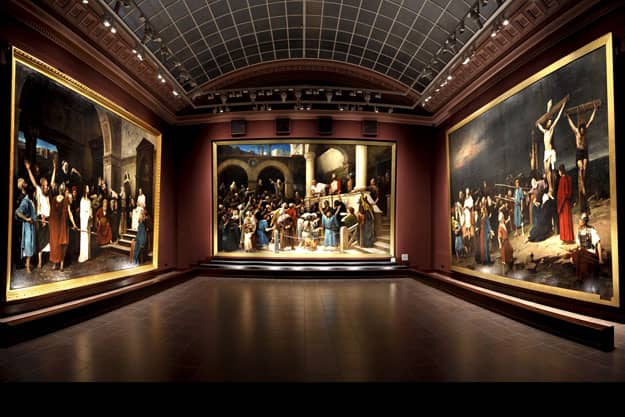
Highlights
Must-see attractions
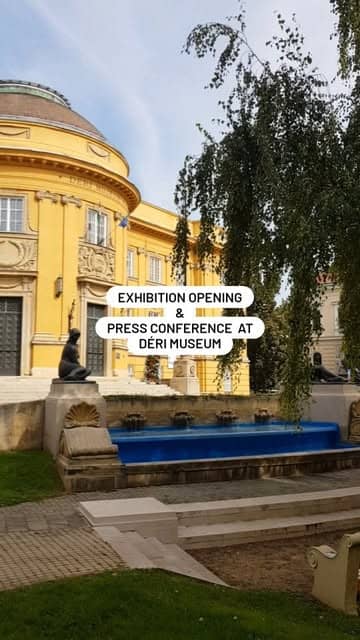
Social
From TikTok & Reddit
Best Time
Fewer crowds, more peaceful

Déri Museum
Best Time
Fewer crowds, more peaceful

Highlights
Must-see attractions
Explore art, archaeology, and ethnography in a stunning neo-baroque building, featuring Munkácsy's masterpieces and unique cultural insights.
"A gem of a museum offering depth, not just display, with profound art and cultural journeys."
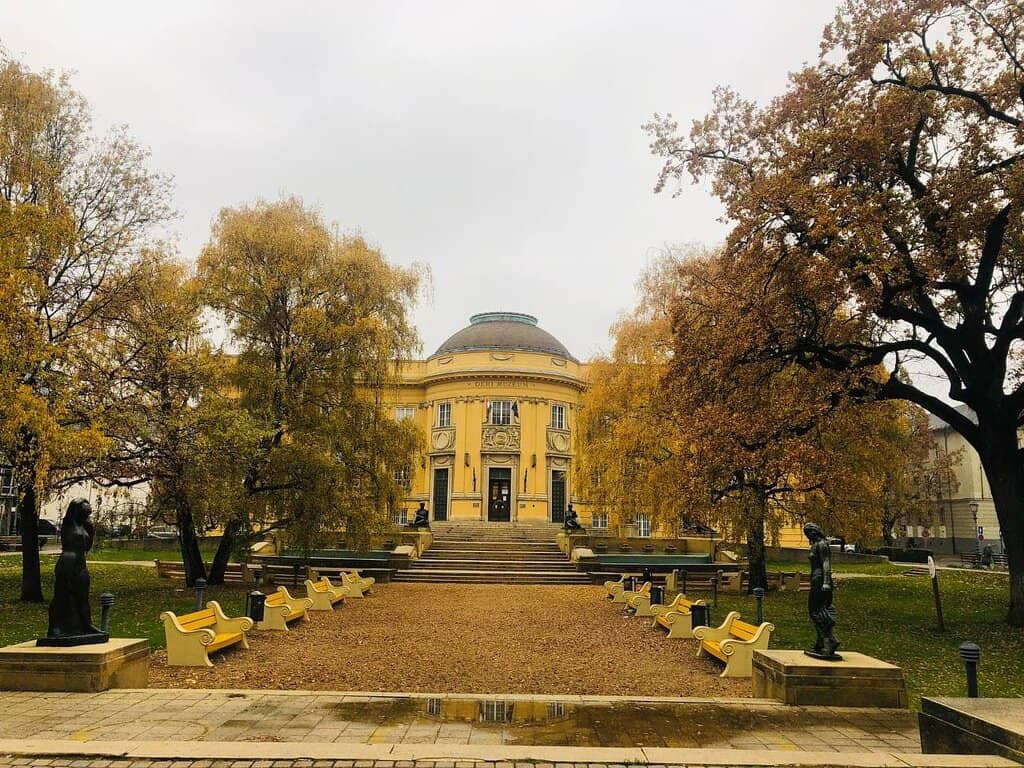
Allocate Ample Time
Plan for 3+ hours to fully appreciate all exhibitions, especially the Munkácsy paintings.
Check for English Guides
Some exhibits may have limited English descriptions; consider translation apps.
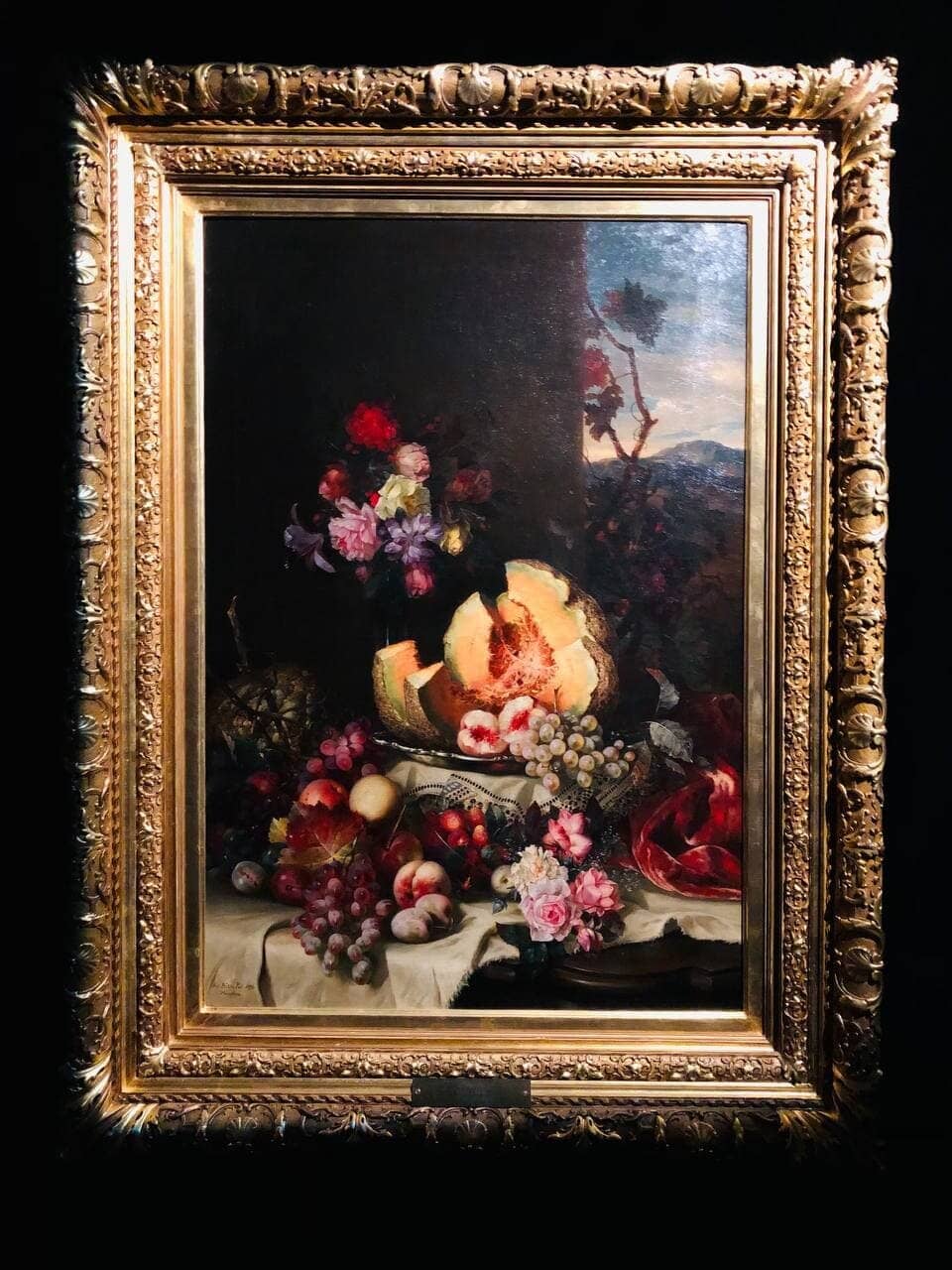
Highlights
Discover the most iconic attractions and experiences

Mihály Munkácsy's Passion Trilogy
Main exhibition hall
Experience the profound emotional impact of Munkácsy's masterpieces, 'Ecce Homo' and 'The Crucifixion'.
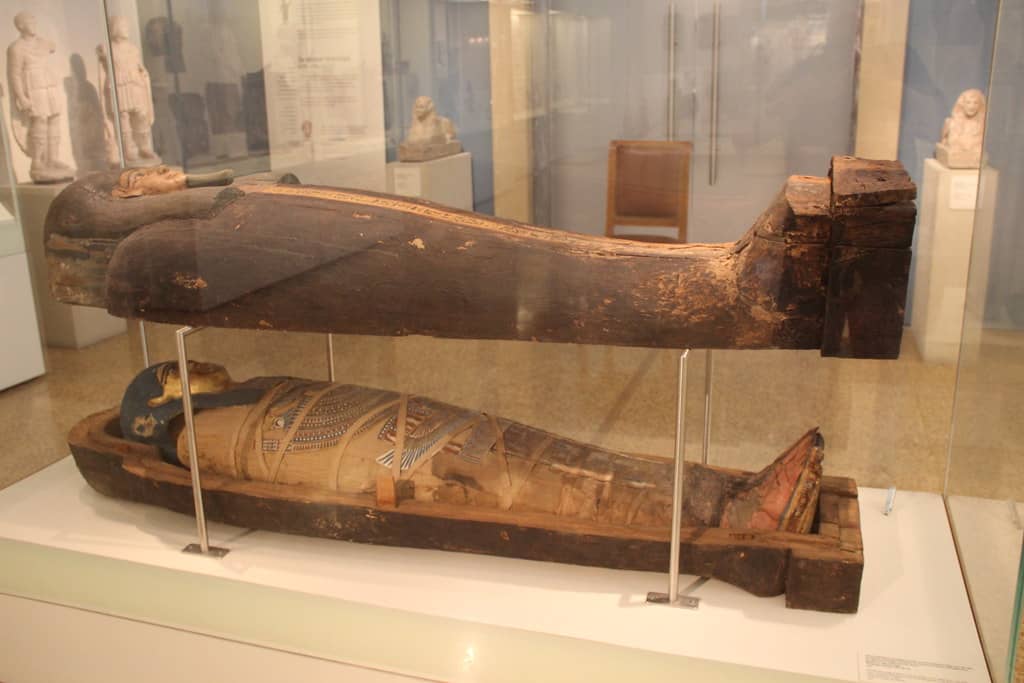
Egyptian Funerary Collection
Egyptian gallery
Delve into ancient Egyptian death rituals, including detailed insights into mummification.
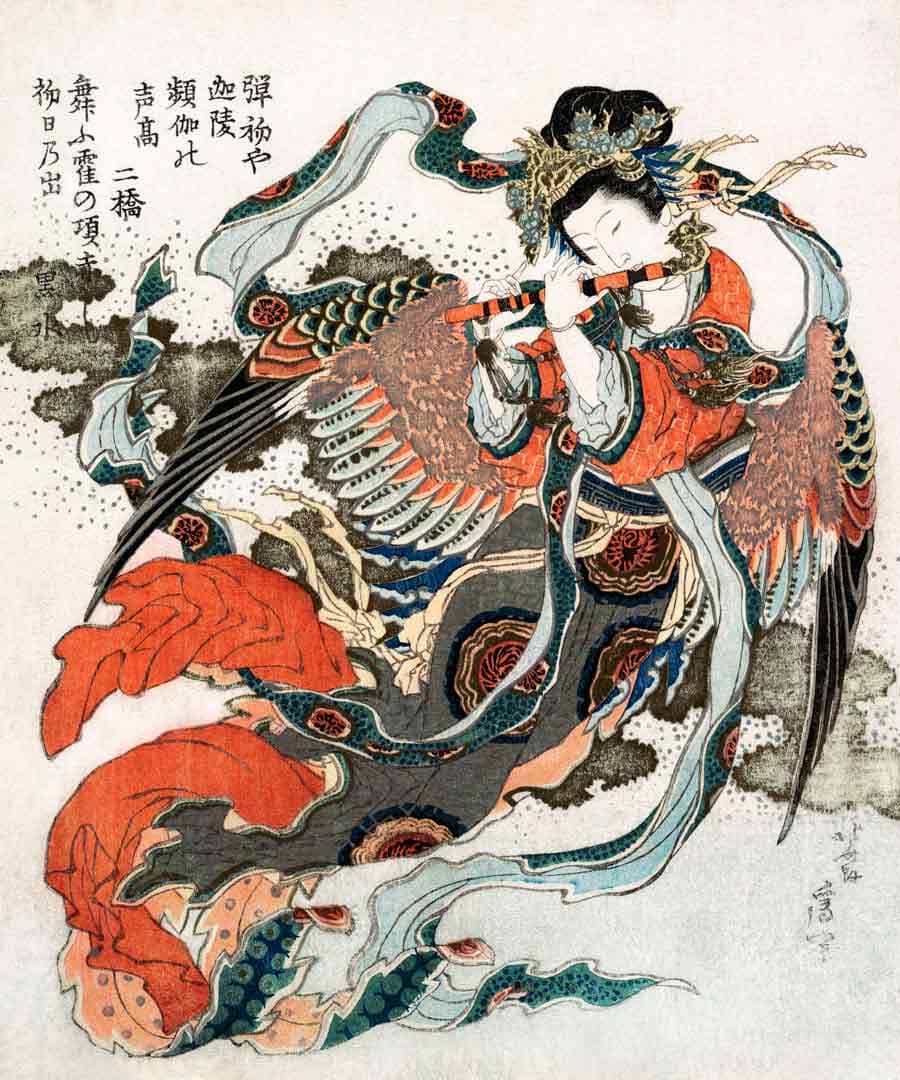
Japanese Art and Culture
Japanese gallery
A stark, meditative contrast to the Egyptian exhibits, showcasing death as part of life's flow.
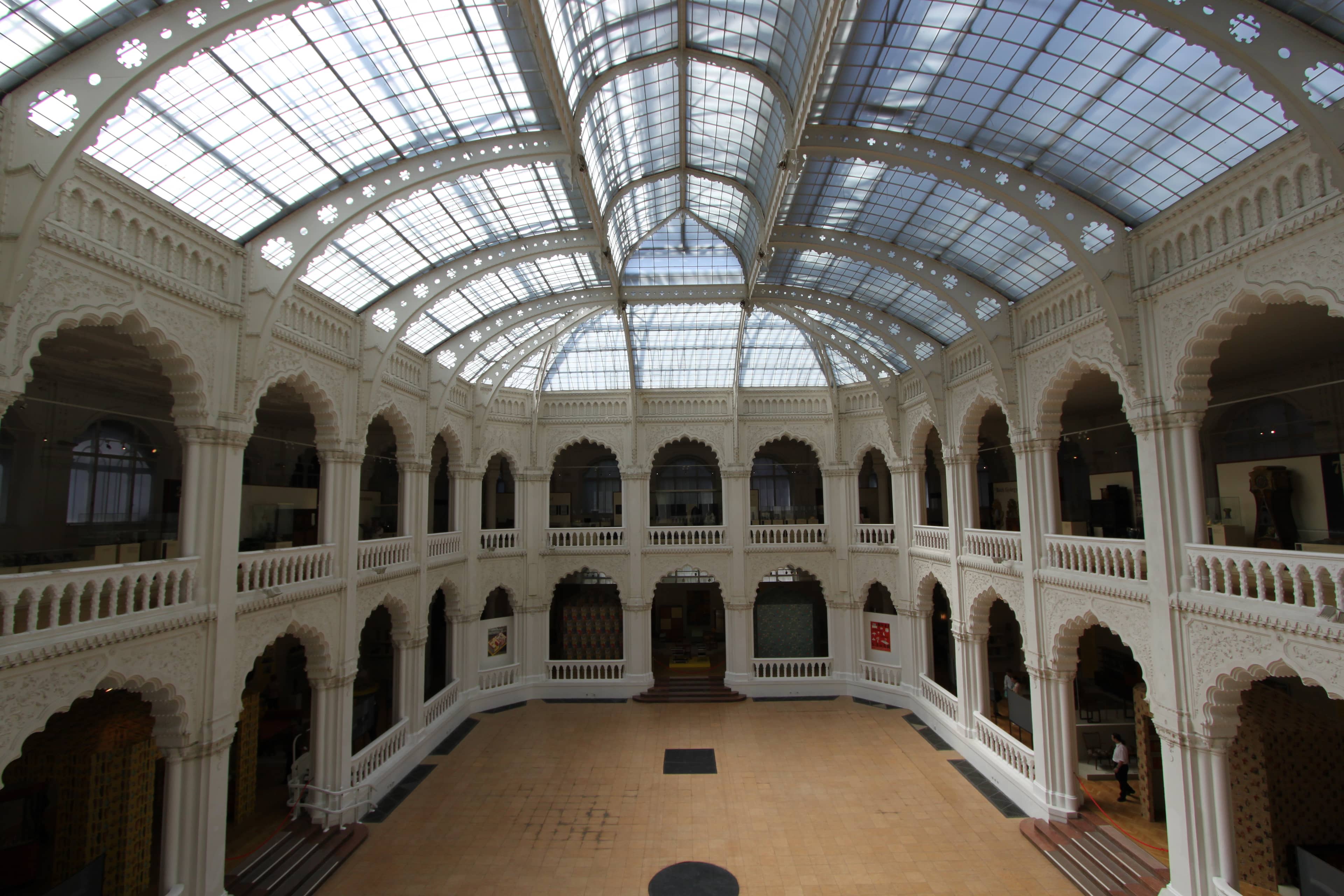
Hungarian Painting Hall
Hungarian art gallery
Admire late 19th to early 20th-century Hungarian art, with a focus on horses and landscapes.
Plans like a pro.
Thinks like you
Planning Your Visit
Plan Your Visit to Déri Museum
Navigating the Déri Museum
Best Times
Insider Tips
from TikTok, Instagram & Reddit
Allocate Ample Time
Plan for 3+ hours to fully appreciate all exhibitions, especially the Munkácsy paintings.
Check for English Guides
Some exhibits may have limited English descriptions; consider translation apps.
Embrace the Atmosphere
The museum's ambient sound and quiet spaces enhance the contemplative experience.
Don't Miss Munkácsy
The Passion Trilogy is a highlight; dedicate time to its powerful narrative.
Tips
from all over the internet
Allocate Ample Time
Plan for 3+ hours to fully appreciate all exhibitions, especially the Munkácsy paintings.
Check for English Guides
Some exhibits may have limited English descriptions; consider translation apps.
Embrace the Atmosphere
The museum's ambient sound and quiet spaces enhance the contemplative experience.
Don't Miss Munkácsy
The Passion Trilogy is a highlight; dedicate time to its powerful narrative.
Value for Money
The admission fee is very reasonable, offering great value for the experience.
What Travellers Say
Reviews Summary
The Déri Museum is highly praised for its diverse and thought-provoking collections, particularly Mihály Munkácsy's 'Passion Trilogy' and its unique Egyptian and Japanese exhibits. Visitors appreciate the contemplative atmosphere and the excellent value for money. However, some international visitors note limited English descriptions in certain sections, which can hinder full comprehension.
"The Déri Museum in Debrecen offers a carefully curated journey through death, memory, and contemplation. The Egyptian section explores funerary rituals in depth, especially the mummification process: removal of internal organs, desiccation with natron, ritual bandaging, and protective amulets. Immediately afterward, the Japanese gallery provides a sharp, intentional contrast. Here, death is not denied but accepted as part of life's transient flow. The ambient sound — minimal music with a shishi-odoshi-style ticking — creates a meditative, timeless space.
The Hungarian painting hall (late 19th to early 20th century) features compelling works, especially with horses and natural settings. However, many paintings are displayed in dim lighting, and descriptions are often missing in English, making the experience harder for international visitors.
The emotional and spiritual peak is the Passion Trilogy by Mihály Munkácsy. In Ecce Homo, Pilate presents the scourged Christ to the crowd — a moment of theological intensity and moral judgment. In the final scene, the Crucifixion, the key traditional figures appear: Mary, John, Mary Magdalene, and Roman soldiers. Munkácsy turns the canvas into a true moral theatre, rich in pathos and layered interpretation.
Highly recommended for visitors seeking depth, not just display."
Ignitude
"Discover the Déri Museum in Debrecen
If you're ever in Debrecen, Hungary, and are a fan of museums and different cultures, a visit to the Déri Museum is an absolute must. As someone who has personally enjoyed visiting, I can attest that it's a truly beautiful and worthwhile experience.
The museum's impressive building alone is a sight to behold, but the real treasures lie inside. The exhibits are incredibly varied and well-curated, offering a deep dive into art, history, and ethnography. You can wander through fascinating collections that span everything from ancient artifacts to stunning fine art.
One of the most notable pieces is the painting Christ of Golgotha by the renowned Hungarian artist Mihály Munkácsy. This masterpiece is breathtaking in person and is a highlight of the collection. Beyond the famous artworks, you'll find exhibits on local history and folk traditions that provide a rich insight into the region's heritage.
The Déri Museum isn't just a place to look at old things; it's a place to learn and feel inspired. The layout is easy to navigate, and there's always something new and interesting around every corner. It’s a wonderful place to spend a few hours and highly recommended for anyone who appreciates the beauty of history and art."
Elias Farran
"My absolute favourite place, takes me more than 3 hours to go through all the exhibitions. Very interesting and informative, especially loving the Munkacsy paintings. The staff is knowledgeable and so kind, they know when to step on if you have any questions, and the last part where they are showing the 1944 bombing made me very emotional."
Szabo Bettina
What People Like
What People Dislike
Frequently Asked Questions
🚇 🗺️ Getting There
The Déri Museum is centrally located in Debrecen, making it easily accessible. Visitors can reach it by public transport, with several bus and tram lines stopping nearby. If driving, there is usually parking available in the vicinity, though it might be metered.
Information regarding wheelchair accessibility can be obtained directly from the museum. It's advisable to contact them in advance to confirm specific access points and facilities for visitors with mobility needs.
The Déri Museum typically operates during standard museum hours, often from Tuesday to Sunday. It's recommended to check the official museum website for the most up-to-date opening times, as these can vary seasonally or for special events.
Photography policies can vary. Generally, non-flash photography for personal use is permitted in most areas, but it's always best to look for signage or ask museum staff to confirm. Flash photography is usually prohibited to protect the artworks.
While the museum itself may not have a full-service restaurant, there are often cafes or vending machines available for light refreshments. Debrecen city center also offers numerous dining options within walking distance.
🎫 🎫 Tickets & Entry
Admission prices are generally affordable, with concessions often available for students, seniors, and pensioners. For example, a pensioner ticket was noted at 900 HUF. Check the museum's official website for current pricing.
Advance booking is usually not required for general admission to the Déri Museum, especially during off-peak times. However, for special exhibitions or group visits, it's advisable to inquire about booking procedures.
Yes, discounts are often available for specific groups such as pensioners, students, and children. It's always a good idea to inquire about available discounts at the ticket counter or check the museum's website.
Tickets can typically be purchased directly at the museum's ticket office upon arrival. This is the most common method, and it allows you to pay with cash or card.
Some city tourism passes might include entry to the Déri Museum. It's worth checking if Debrecen offers such a pass and if this museum is part of the package before your visit.
🎫 🏛️ Onsite Experience
The absolute must-sees include Mihály Munkácsy's 'Passion Trilogy,' the Egyptian funerary collection, and the Japanese art gallery. The Hungarian painting hall also features compelling works.
Most visitors find that 3 to 4 hours are needed to thoroughly explore all the exhibitions. Some enthusiasts even spend longer to fully absorb the details.
Guided tours may be available, especially for groups or during specific times. It's best to inquire at the information desk or check the museum's schedule for any offered tours.
The museum is known for its quiet and contemplative atmosphere, enhanced by ambient music in certain sections. It's a place for reflection and deep engagement with the exhibits.
While primarily focused on display, the museum offers an informative experience through its curated collections. The supplementary exhibition on Hungarian beliefs concerning death is particularly immersive.
🍽️ 🍽️ Food & Dining
The Déri Museum typically offers limited refreshments, such as vending machines or a small cafe for snacks and drinks. For a full meal, you'll find many restaurants and cafes in the surrounding city center.
The area around the Déri Museum in Debrecen's city center offers a wide range of Hungarian cuisine, from traditional dishes to international options. You can find everything from casual eateries to more formal restaurants.
Yes, Debrecen has a growing number of restaurants that cater to vegetarian and vegan diets. Exploring the city center will reveal various options to suit different dietary preferences.
Generally, bringing outside food and drinks into museum exhibition halls is discouraged to protect the artifacts. However, you might be able to consume them in designated areas or before entering the galleries.
While specific recommendations can change, exploring the streets around Kossuth Square and Piac Street will lead you to numerous highly-rated restaurants offering local and international flavors.
📸 📸 Photography
Non-flash photography for personal use is usually permitted for the Munkácsy paintings and other exhibits. Always check for specific signage or ask staff to confirm the policy.
The main restriction is typically on flash photography, which can damage delicate artworks. Tripods and selfie sticks might also be restricted.
The Munkácsy paintings, the grand architecture of the building, and the unique artifacts in the Egyptian and Japanese collections offer excellent photographic opportunities.
Professional photoshoots usually require special permission and may incur additional fees. Contact the museum's administration well in advance to arrange such requests.
A camera with good low-light performance and a fast lens is ideal for museum photography. Many visitors use their smartphones effectively, especially with good lighting conditions.
For Different Travelers
Tailored advice for your travel style
👨👩👧 Families with Kids
Consider focusing on the visual aspects of the art and artifacts. The grand architecture of the museum building itself can also be a point of interest for children. It's advisable to check the museum's website for any specific family-oriented programs or guides that might be available to enhance the experience for younger guests.
🎨 Art Enthusiasts
Beyond Hungarian art, the museum's diverse collections, including Egyptian artifacts and Japanese art, offer a broader cultural and historical context. The unique juxtaposition of these themes, particularly the contrasting approaches to death and memory, provides ample material for contemplation and analysis. Plan for a substantial visit to fully appreciate the artistic and historical significance of the collections.
🤔 Curious Travelers Seeking Depth
The museum's quiet, meditative atmosphere, enhanced by ambient sound, encourages introspection. The emotional impact of Munkácsy's 'Passion Trilogy' is often cited as a highlight, leaving visitors with a lasting impression. This is a destination for those who appreciate a slower pace and a deeper engagement with history and art.
Deep Dives
In-depth insights and expert knowledge
The Art of Mihály Munkácsy
Beyond the Passion Trilogy, the museum showcases other significant works by Munkácsy, offering a broader understanding of his artistic evolution. The Hungarian painting hall itself is a treasure trove, featuring works from the late 19th and early 20th centuries. While some reviewers note that lighting can be dim and English descriptions sparse in this section, the quality of the art, particularly its depictions of horses and natural scenes, remains a strong draw.
For art enthusiasts, dedicating ample time to the Munkácsy collection is essential. The sheer scale and emotional depth of these paintings demand a slow, deliberate viewing. The museum's layout and the surrounding context of other Hungarian art pieces provide a rich backdrop for appreciating Munkácsy's genius and his significant contribution to art history.
A Journey Through Cultures: Egypt and Japan
In a striking contrast, the Japanese gallery presents a different perspective on mortality. Here, death is not viewed as an end to be feared, but as an integral and transient part of life. The ambient soundscape, featuring minimalist music and the rhythmic ticking of a shishi-odoshi (bamboo water fountain), creates a serene and meditative environment. This intentional design choice encourages visitors to contemplate the cyclical nature of existence and find peace in acceptance.
These two collections, placed in close proximity, offer a powerful comparative study of how different cultures approach the universal themes of life and death. The Déri Museum's curation skillfully guides visitors through these diverse perspectives, making for a thought-provoking and enriching experience that goes beyond typical museum displays.
The Déri Museum Building and its History
Déri's personal interests heavily influenced the museum's initial holdings, with a particular focus on Egyptian artifacts, Samurai items, and 15th to 18th-century Christian European art. This eclectic foundation has since been expanded upon, creating the rich tapestry of art, archaeology, and ethnography that visitors can explore. The building's grandeur, combined with its historical significance as a repository of a generous donation, adds another layer of appreciation for the Déri Museum experience.
Visitors often comment on the beauty of the building, noting it as a sight to behold even before entering the exhibitions. The neo-baroque style contributes to the overall atmosphere of the museum, making the visit not just an intellectual pursuit but also an aesthetically pleasing one. The architectural splendor complements the treasures within, creating a memorable and immersive cultural destination.


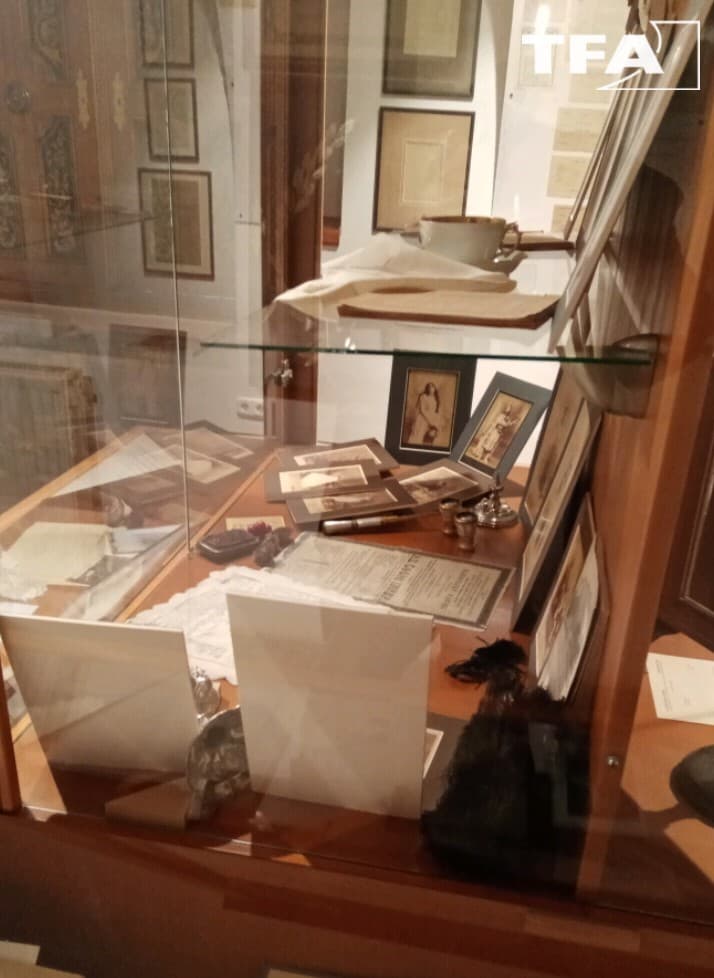

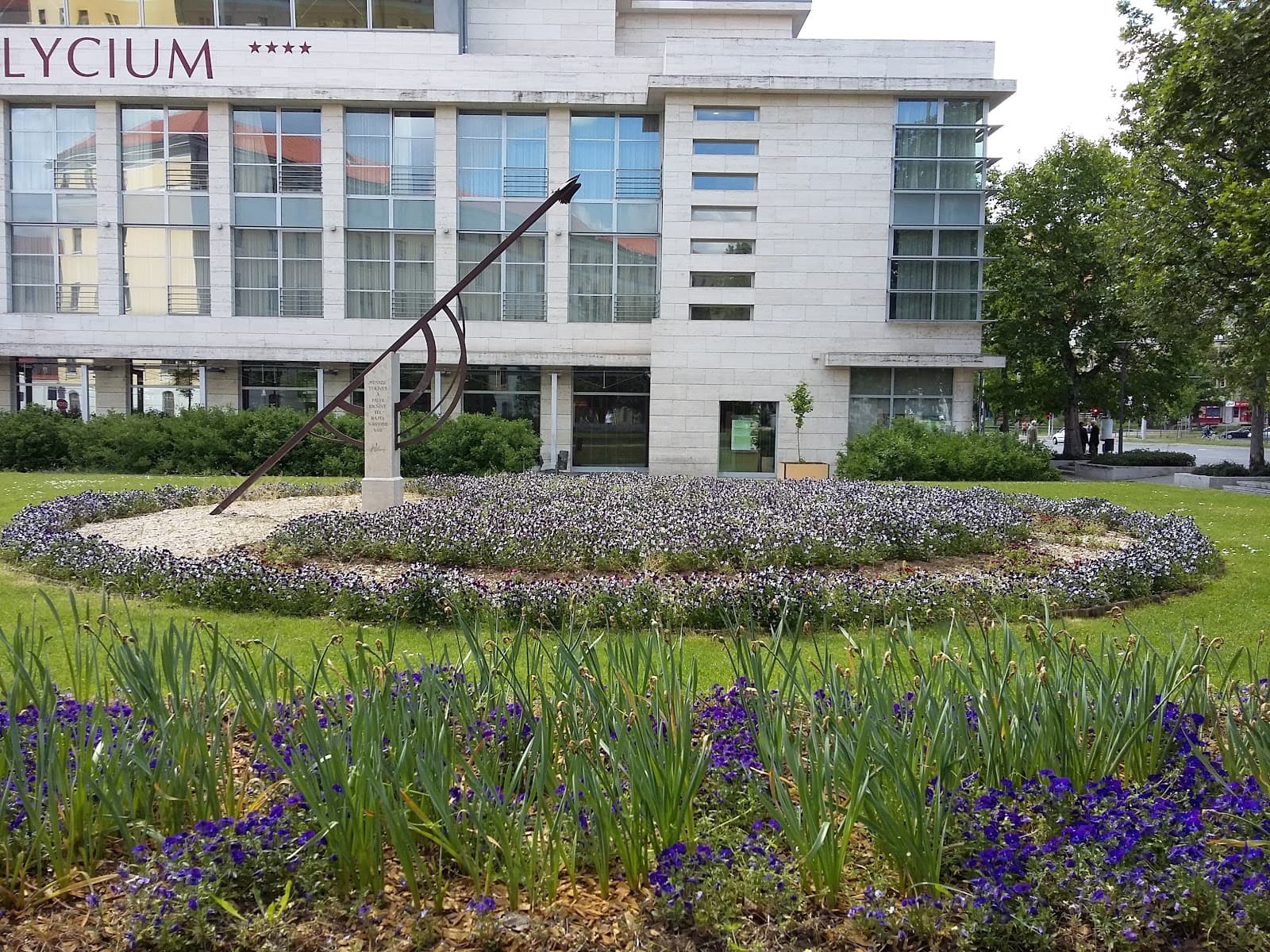
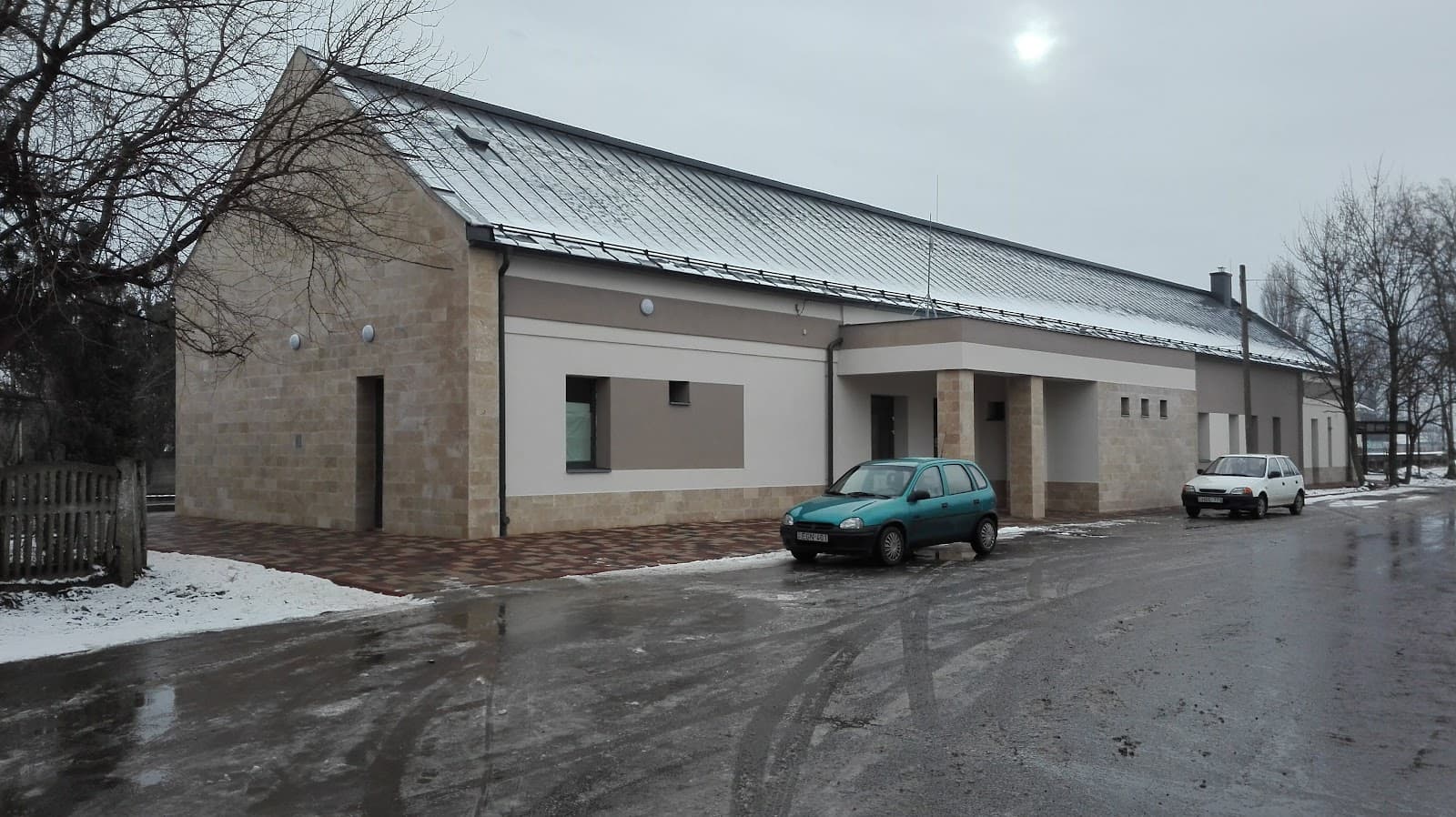
Social
from TikTok, Instagram & Reddit